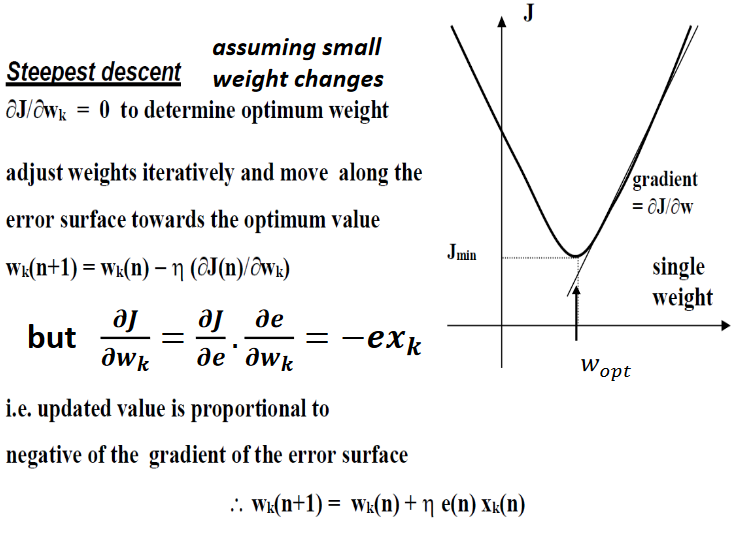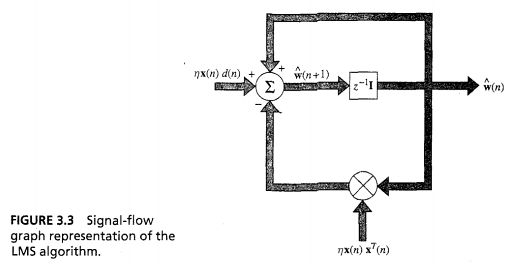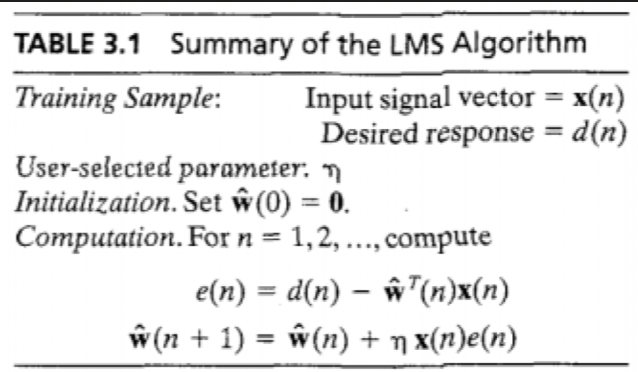Affected files: Money/Assets/Financial Instruments.md Money/Assets/Security.md Money/Markets/Markets.md Politcs/Now.md STEM/AI/Neural Networks/CNN/Examples.md STEM/AI/Neural Networks/CNN/FCN/FCN.md STEM/AI/Neural Networks/CNN/FCN/FlowNet.md STEM/AI/Neural Networks/CNN/FCN/Highway Networks.md STEM/AI/Neural Networks/CNN/FCN/ResNet.md STEM/AI/Neural Networks/CNN/FCN/Skip Connections.md STEM/AI/Neural Networks/CNN/FCN/Super-Resolution.md STEM/AI/Neural Networks/CNN/GAN/DC-GAN.md STEM/AI/Neural Networks/CNN/GAN/GAN.md STEM/AI/Neural Networks/CNN/GAN/StackGAN.md STEM/AI/Neural Networks/CNN/Inception Layer.md STEM/AI/Neural Networks/CNN/Interpretation.md STEM/AI/Neural Networks/CNN/Max Pooling.md STEM/AI/Neural Networks/CNN/Normalisation.md STEM/AI/Neural Networks/CNN/UpConv.md STEM/AI/Neural Networks/CV/Layer Structure.md STEM/AI/Neural Networks/MLP/MLP.md STEM/AI/Neural Networks/Neural Networks.md STEM/AI/Neural Networks/RNN/LSTM.md STEM/AI/Neural Networks/RNN/RNN.md STEM/AI/Neural Networks/RNN/VQA.md STEM/AI/Neural Networks/SLP/Least Mean Square.md STEM/AI/Neural Networks/SLP/Perceptron Convergence.md STEM/AI/Neural Networks/SLP/SLP.md STEM/AI/Neural Networks/Transformers/LLM.md STEM/AI/Neural Networks/Transformers/Transformers.md STEM/AI/Properties.md STEM/CS/Language Binding.md STEM/Light.md STEM/Maths/Tensor.md STEM/Quantum/Orbitals.md STEM/Quantum/Schrödinger.md STEM/Quantum/Standard Model.md STEM/Quantum/Wave Function.md Tattoo/Music.md Tattoo/Plans.md Tattoo/Sources.md
3.0 KiB
3.0 KiB
- To handle overlapping classes
- Linearity condition remains
- Linear boundary
- No hard limiter
- Linear neuron
- Cost function changed to error,
J- Half doesn’t matter for error
- Disappears when differentiating
- Half doesn’t matter for error
\mathfrak{E}(w)=\frac{1}{2}e^2(n)- Cost' w.r.t to weights
\frac{\partial\mathfrak{E}(w)}{\partial w}=e(n)\frac{\partial e(n)}{\partial w}- Calculate error, define delta
e(n)=d(n)-x^T(n)\cdot w(n)\frac{\partial e(n)}{\partial w(n)}=-x(n)\frac{\partial \mathfrak{E}(w)}{\partial w(n)}=-x(n)\cdot e(n)- Gradient vector
g=\nabla\mathfrak{E}(w)- Estimate via:
\hat{g}(n)=-x(n)\cdot e(n)\hat{w}(n+1)=\hat{w}(n)+\eta \cdot x(n) \cdot e(n)- Above is a Architectures loop around weight vector,
\hat{w}- Behaves like low-pass filter
- Pass low frequency components of error signal
- Average time constant of filtering action inversely proportional to learning-rate
- Small value progresses algorithm slowly
- Remembers more
- Inverse of learning rate is measure of memory of LMS algorithm
- Small value progresses algorithm slowly
- Behaves like low-pass filter
- $\hat{w}$ because it's an estimate of the weight vector that would result from steepest descent
- Steepest descent follows well-defined trajectory through weight space for a given learning rate
- LMS traces random trajectory
- Stochastic gradient algorithm
- Requires no knowledge of environmental statistics
Analysis
- Convergence behaviour dependent on statistics of input vector and learning rate
- Another way is that for a given dataset, the learning rate is critical
- Convergence of the mean
E[\hat{w}(n)]\rightarrow w_0 \text{ as } n\rightarrow \infty- Converges to Wiener solution
- Not helpful
- Convergence in the mean square
E[e^2(n)]\rightarrow \text{constant, as }n\rightarrow\infty
- Convergence in the mean square implies convergence in the mean
- Not necessarily converse
Advantages
- Simple
- Model independent
- Robust
- Optimal in accordance with
H^\infty, minimax criterion- If you do not know what you are up against, plan for the worst and optimise
- Was considered an instantaneous approximation of gradient-descent
Disadvantages
- Slow rate of convergence
- Sensitivity to variation in eigenstructure of input
- Typically requires iterations of 10 x dimensionality of the input space
- Use steepest descent
- Partial derivatives

- Can be solved by matrix inversion
- Stochastic
- Random progress
- Will overall improve
\hat{w}(n+1)=\hat{w}(n)+\eta\cdot x(n)\cdot[d(n)-x^T(n)\cdot\hat w(n)]=[I-\eta\cdot x(n)x^T(n)]\cdot\hat{w}(n)+\eta\cdot x(n)\cdot d(n)Where
\hat w(n)=z^{-1}[\hat w(n+1)]


